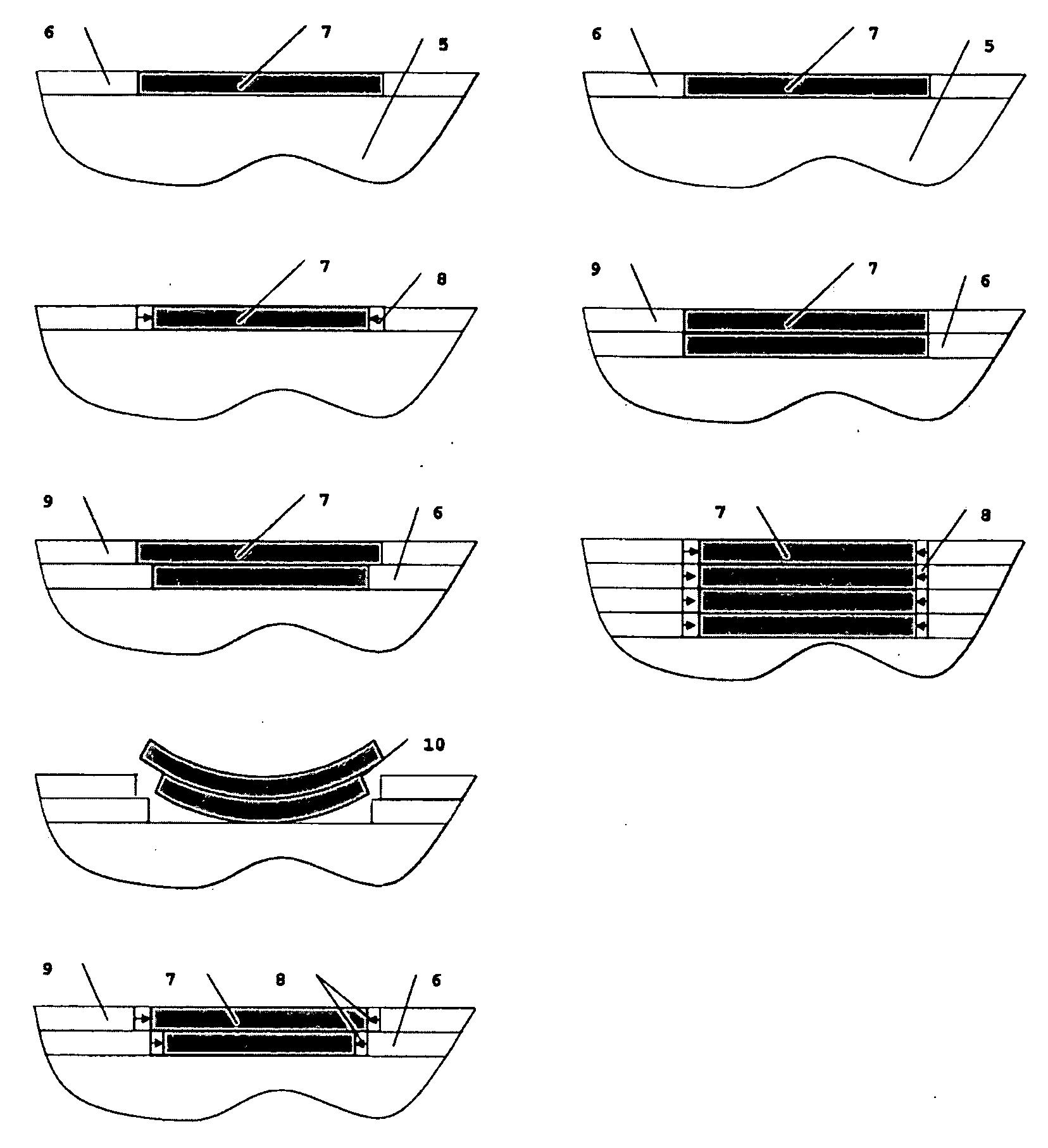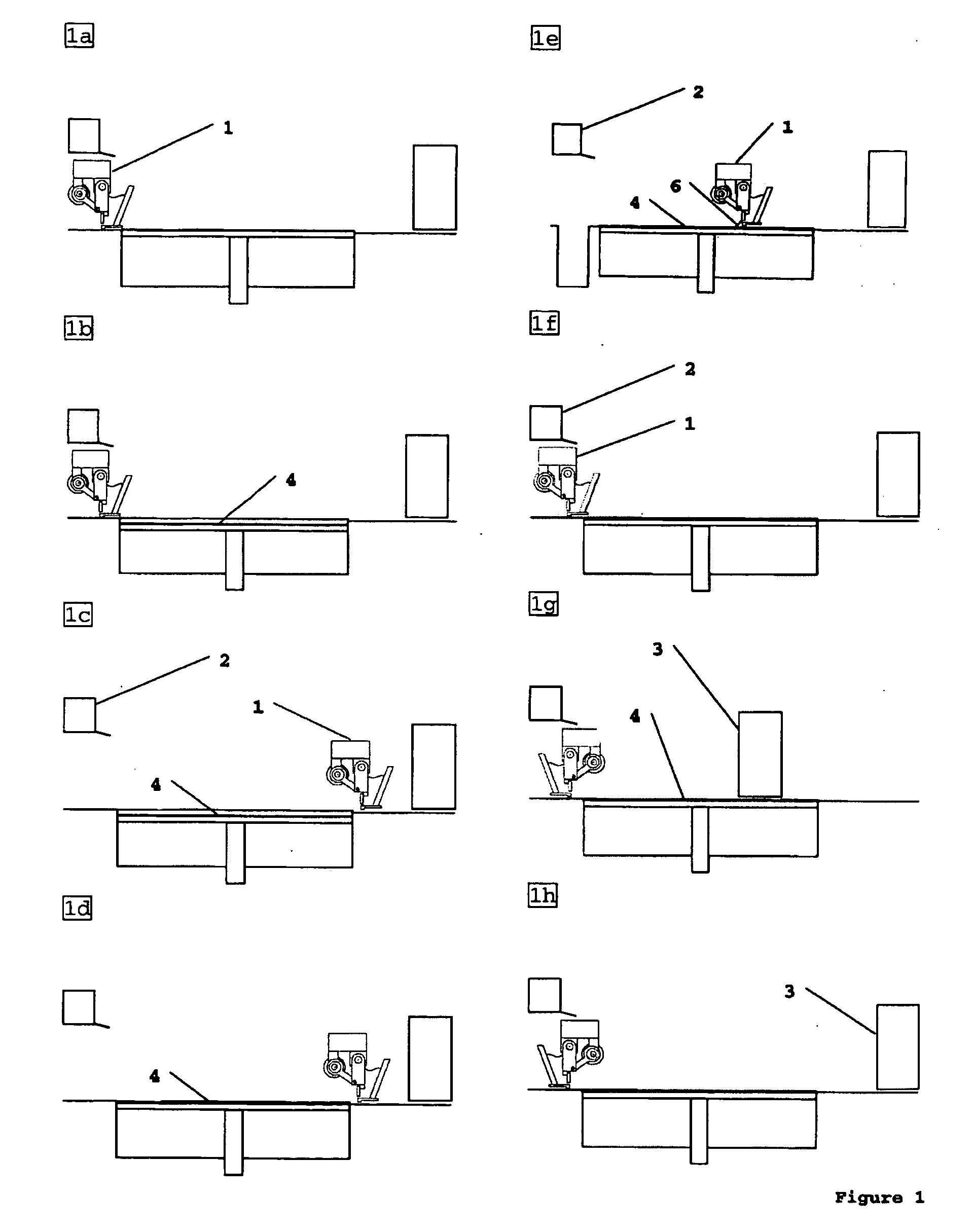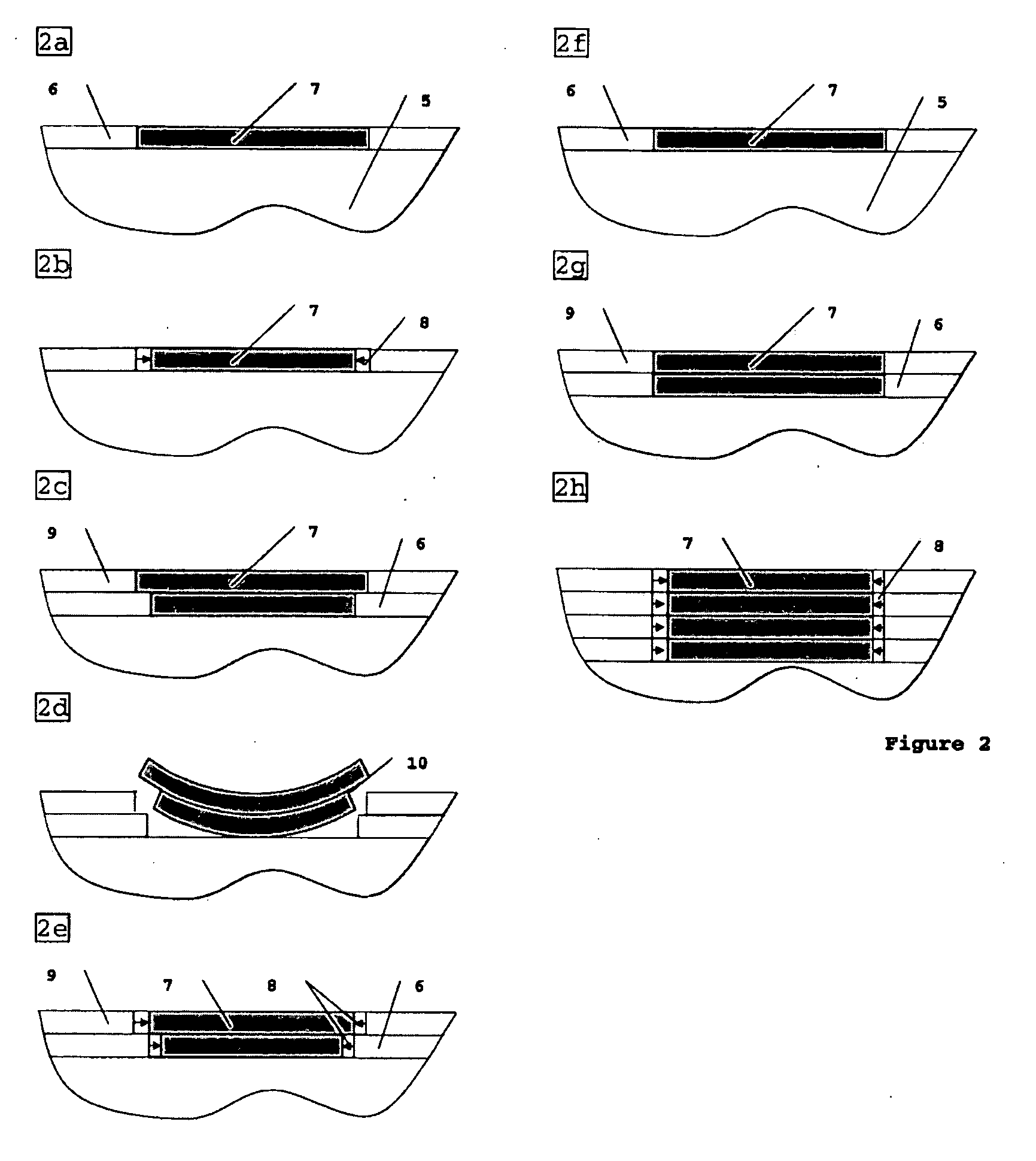Self-hardening material and process for layerwise formation of models
a self-hardening material and layerwise technology, applied in the direction of additive manufacturing processes, electric/magnetic/electromagnetic heating, solid and fluid additive manufacturing processes, etc., can solve the problems of poor dimensional stability and relatively high tolerances of formed components, and achieve the effect of improving printability, increasing or decreasing viscosity and/or surface tension
- Summary
- Abstract
- Description
- Claims
- Application Information
AI Technical Summary
Benefits of technology
Problems solved by technology
Method used
Image
Examples
Embodiment Construction
[0015]In contrast to the invention described above is a self-hardening material for layered formation of three-dimensional components, whereby the material comprises at least one particulate material and a separate binding material for bonding the particulate material, and a setting duration which is at least several times as long as the application time of the particulate layer.
[0016]With such a material it is then possible that the first formed underlying layer is only bonded and hardened after a specific period of time. Subsequent layers do not harden until after this period has elapsed. Due to the similar time of hardening, no stress occurs in the printed area, and therefore there is no significant warping or deformation.
[0017]A self-hardening system in the sense of this invention is intended to mean a bonding system which, without outside influence (in the form of temperature, energy input, etc.) that can harden within 72 hours. The time required is referred to as setting time....
PUM
| Property | Measurement | Unit |
|---|---|---|
| shrinkage | aaaaa | aaaaa |
| shrinkage | aaaaa | aaaaa |
| temperature | aaaaa | aaaaa |
Abstract
Description
Claims
Application Information
 Login to View More
Login to View More - R&D
- Intellectual Property
- Life Sciences
- Materials
- Tech Scout
- Unparalleled Data Quality
- Higher Quality Content
- 60% Fewer Hallucinations
Browse by: Latest US Patents, China's latest patents, Technical Efficacy Thesaurus, Application Domain, Technology Topic, Popular Technical Reports.
© 2025 PatSnap. All rights reserved.Legal|Privacy policy|Modern Slavery Act Transparency Statement|Sitemap|About US| Contact US: help@patsnap.com



